Search results for: Mckinsey 7s
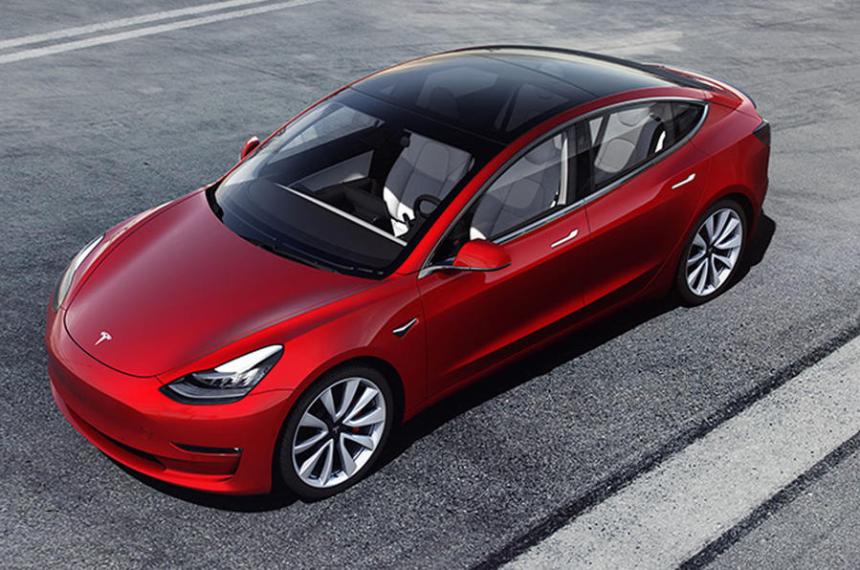
Tesla segmentation, targeting and positioning is a chain of activities that involves identification of a specific population segment(s) and developing products to cater for the needs and wants of consumers belonging to the segment(s). Segmentation involves dividing population into groups according to certain characteristics such as age, social status, psychological characteristics etc. Targeting implies choosing specific groups (segments) identified as a result of segmentation to sell products to. Positioning is the selection and application of the marketing mix the most suitable for the target customer segment. Tesla uses mono-segment positioning. Accordingly, the alternative fuel vehicles manufacturer targets individuals concerned with negative environmental implications of oil and gas consumption. Tesla products are considered to be expensive for average consumers and thus, the target customer segment for the company is wealthy individuals and households. At the same time, Tesla may switch from mono-segment to multi segment type of positioning in the foreseeable future. According to Tesla business strategy announced by Elon Musk in a blog post in 2006, the company builds sports car, uses that money to build an affordable car and uses that money to build an even more affordable car. [1] Tesla also uses anticipatory type of positioning. Specifically, the electric automaker positions its products and services for a market segment that has low turnover with the anticipation that the turnover will increase in the future. The electric automaker’s energy storage products such as Powerwall 2 and Powerpack 2 can be mentioned as examples for anticipatory positioning. The following table illustrates Tesla segmentation, targeting and positioning: Type of segmen-tation Segmen-tation criteria Tesla target customer segment Vehicles: Model S, Model X, Model 3, Future Consumer and Commercial Evs Energy storage: Powerwall 2, Powerpack 2 Solar energy systems: solar panels, inverters, racking, electrical hardware, monitoring device Geog-raphic Region North America,…
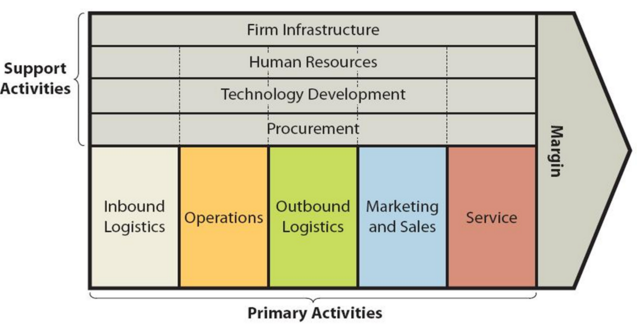
Tesla value chain analysis is an analytical framework that assists in identifying business activities that can create value and competitive advantage to the electric automaker. Figure below illustrates the essence of Tesla value chain analysis. Tesla value chain analysis Primary Activities in Tesla Value Chain Analysis Tesla Inbound logistics Tesla inbound logistics involves the receipt and storage of raw materials to build electric vehicles, energy storage systems and solar panels. Along with a standard set of raw materials, Tesla uses a range of scarce materials such as aluminium, steel, cobalt, lithium, nickel and copper. In the US, the company receives parts at its Fremont automotive factory from thousands of suppliers worldwide, including from its very own Gigafactory in Sparks, Nevada. The electric automaker leases three warehouses totalling a massive 1.3 million square feet in the Oaks Logistics Centre in Livermore, California., just 20 miles northeast of the Fremont factory as a storage for raw materials. Additionally, in 2019, Tesla constructed 870,000-square-foot facility in Lathrop, California as a massive spare parts storage.[1] Currently, highly sophisticated inbound logistics practices are not one of the main sources of value creation for the electric automaker. Tesla works primarily on a build-to-order basis, which means bottlenecks in parts supply could be a big headache.[2] Accordingly, it is critically important for Tesla to establish long-term strategic relationships with suppliers. Tesla Operations Tesla conducts vehicle manufacturing and assembly operations at its facilities in Fremont, California; Lathrop, California; Tilburg, Netherlands and Shanhhai, China. Generally, Tesla operations can be divided into two segments: 1. Automotive. This segment comprises design, development, manufacturing, and sales of electric vehicles. The company produced and delivered approximately half a million vehicles in 2020.[3] The electric automaker started Model Y production at Gigafactory Shanghai in December 2020. The table below illustrates annual production capacities…
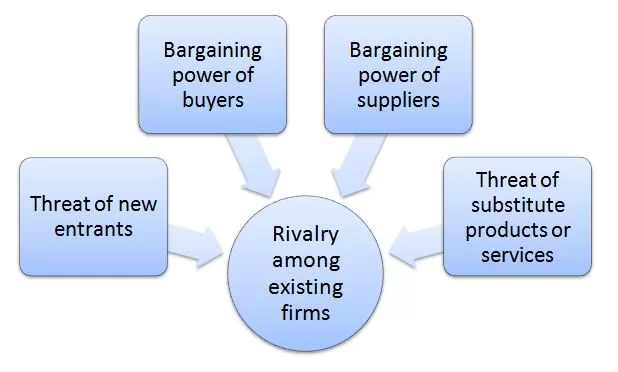
Porter’s Five Forces analytical framework developed by Michael Porter (1979)[1] represents five individual forces that shape an overall extent of competition in the industry. Tesla Porter’s Five Forces Analysis below contains the application of these factors to analyse the competitive environment for the alternative fuel vehicles manufacturer. Figure 1 Porter’s Five Forces Threat of new entrants in Tesla Porter’s Five Forces Analysis The threat of new entrants into alternative fuel vehicles manufacturing industry is moderate. The following factors play an instrumental role in the formation of threat of new entrants into electric vehicles industry: 1. Compromise between performance and cost of electric vehicles. One of the major challenges for electric vehicles is the bargain or compromise between their performance and cost. On one hand, almost all major automakers such as General Motors, Ford, Toyota, BMW and others have built electric cars that are not very expensive, but performance of these cars are compromised. Specifically, electric cars were known for being slower compared to traditional cars and their batteries did not last for long. On the other hand, Tesla has been able to develop its Model S, Model X and Model 3 cars that are fully electric and boasts with advanced technical characteristics such as high speed and long milage in a single charge. However, such fully electric advanced vehicles are technically challenging and expensive to produce. Any potential new market entrant is going to face the same set of challenges as General Motors, Ford, Toyota, as well as, Tesla. Taking into account the fact that established market players are yet to find solutions to these challenges, it can be argued that unless they find innovative solutions, the new market entrants are going to be overwhelmed by the same set of issues as well. 2. Economies of scale. Established market players…
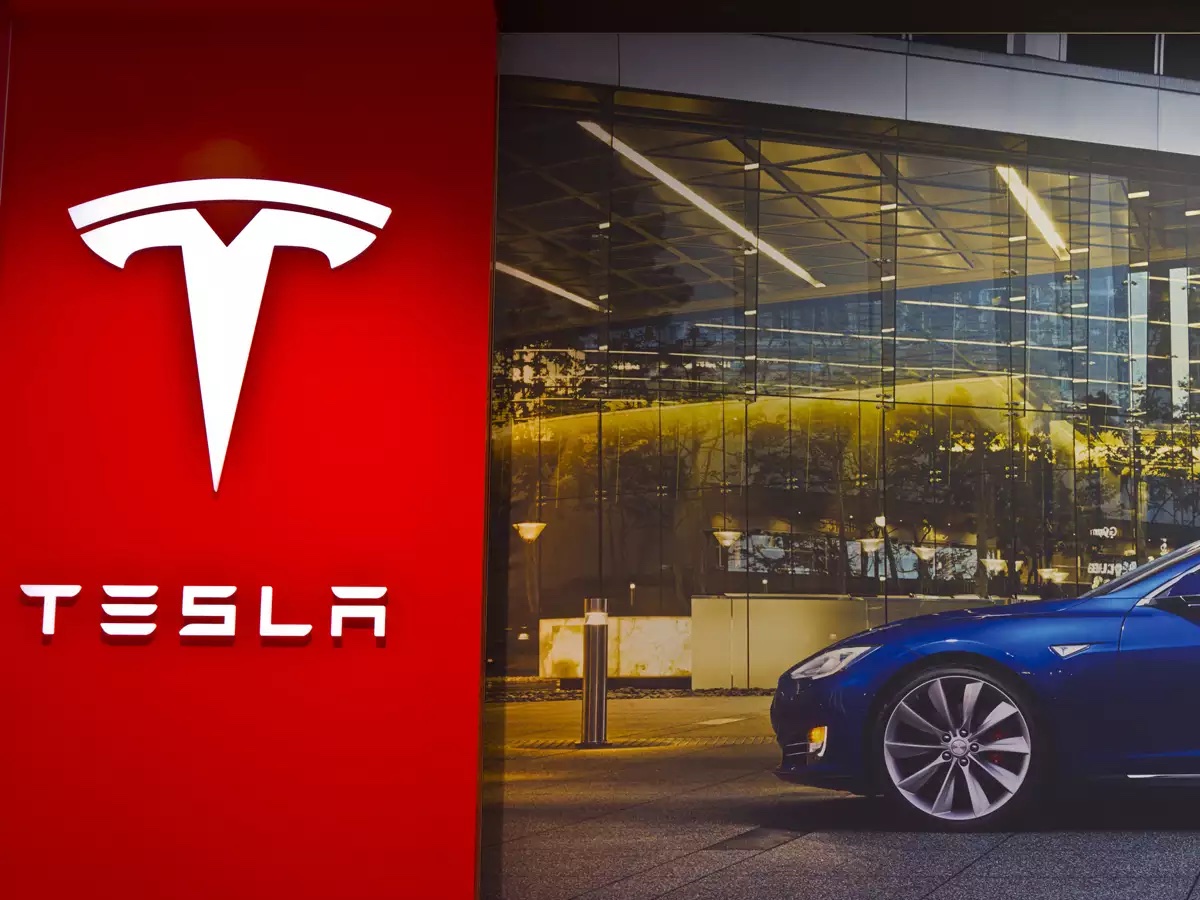
Tesla marketing communication mix explains the usage of individual elements of the marketing communication by the alternative fuel vehicles manufacturer. These elements include print and media advertising, sales promotions, events and experiences, public relations and direct marketing. Tesla Print and Media Advertising Tesla uses print and media advertising sparingly as a part of its unconventional marketing strategy. The alternative fuel vehicles manufacturer does not spend money at all on traditional advertising platforms such as TV, radio, magazines, newspapers, billboards and posters. Instead, Tesla’s unconventional marketing strategy also involves the promotion of fan-made ads that come for no cost for the electric automaker. The company launched Project Loveday, a contest for fan-made videos advertising Tesla. Project Loveday was named for Bria Loveday, a fifth grader who suggested the idea for the contest to CEO Elon Musk.[1] Project Loveday ad contest winners such as Electric Life’s “Embrace the Energy” and Thy Future’s “A Better Future.” and ‘Spaceships. For Earth.’ have been watched in YouTube millions of times, contributing to the level of Tesla brand awareness in a cost effective manner. Tesla also manages to get celebrity endorsement free of charge. The list of celebrities who were enthusiastic about the company and therefore, promoted the brand and its products for free include TV host Stephen Colbert, actress Alyssa Milano, director Jon Favreau, and Teller, the silent partner in the magic duo Penn & Teller to name just a few. Tesla Sales Promotions Tesla uses the following sales promotions techniques in order to increase the sales and boost the level of its brand awareness: Referral Program. Tesla car owners who refer more customers to the company can qualify for a wide range of awards including Solar Roof, 21” Arachnid Wheels for Model S or 22” Turbine Wheels for Model X and VIP invitation for Tesla Unveiling events.[2] Tesla Referral Program is occasionally updated.…
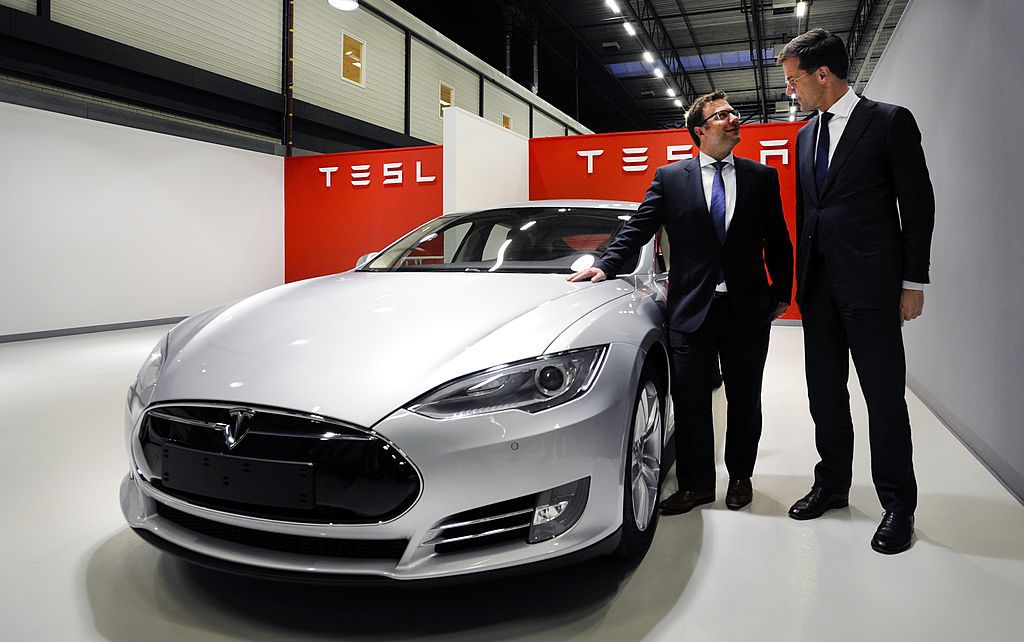
Tesla marketing mix (Tesla 7Ps of marketing) comprises elements of the marketing mix that consists of product, place, price, promotion, process, people and physical evidence. Product Element in Tesla Marketing Mix (Tesla 7Ps of Marketing) Tesla produces fully electric vehicles, and energy generation and storage systems, and also installs and maintains such systems and sells solar electricity. Tesla product positioning is associated with the idea that electric cars can also be fast and cool. The company also runs Supercharger power stations that can be used by customers to charge their vehicles on the road. A typical Supercharge station has between six and twenty Superchargers. Table 3 below lists Tesla product categories and products within categories. Product category Products Vehicles Model S, Model X, Model 3, Future Consumer and Commercial Evs Energy storage Powerwall 2, Powerpack 2 Solar energy systems solar panels, inverters, racking, electrical hardware, monitoring device Tesla product categories and products Tesla produced and delivered approximately half a million vehicles in 2020.[1] The alternative fuel vehicles manufacturer updated Model S and Model X launched in January 2021. Place Element in Tesla Marketing Mix (Tesla 7Ps of Marketing) Tesla sells its vehicles through its own sales and service network. Tesla stores and galleries are highly visible, premium outlets in major metropolitan markets. Some Tesla stores and galleries combine retail sales and service. Tesla sells its vehicles online and in company-owned showrooms. The company does not use dealership networks to sell its products. The electric automaker operates stores and galleries in the US and 35 other countries and regions worldwide. Official website of the company contains the full list of Tesla stores, galleries, service centres and superchargers. Price Element in Tesla Marketing Mix (Tesla 7Ps of Marketing) Tesla pricing strategy can be described as a premium pricing strategy. Tesla…
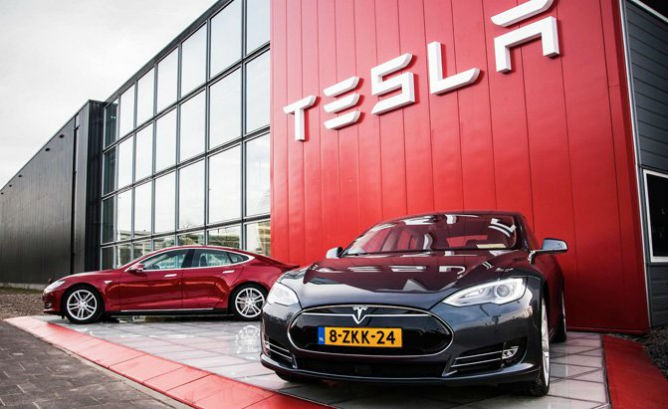
Tesla marketing strategy has been dubbed as USD0 (zero dollar) marketing strategy[1] largely for its avoidance of paid advertising. Instead, the electric automaker focuses on social media marketing. CEO Elon Musk boasted that “Tesla shells out virtually nothing on advertising and endorsements, and relies heavily on word of mouth.”[2] Tesla 7ps of marketing focuses on product and place elements of the marketing mix to a greater extent compared to other elements. Moreover, product and place elements of the marketing mix have been adapted as main sources of Tesla competitive advantages. Specifically, Tesla produces fully electric cars that are fast and attractively designed. Moreover, the electric automaker does not deal with car dealerships and distributors and sells its vehicles directly to end-users. Tesla target market segment represent individuals and households who are not indifferent towards environmental issues and negative environmental implications of CO2 emissions. Tesla effectively appeals to the emotional needs of the target customer segment to feel themselves as environmentally responsible via purchasing electric cars and using solar panels. Tesla marketing strategy is based on the following principles: 1. Marketing through customer experience. Telsa referral program effectively enhances customer experience by offering USD 1000,00 credit and additional accessories and perks. These include Solar Roof, 21” Arachnid Wheels for Model S or 22” Turbine Wheels for Model X and VIP invitation for Tesla Unveiling events, among others.[3] 2. Effective use of social media. CEO Elon Musk has evolved as the face of Tesla and his direct engagement with customers via social media attracts media attention with generally positive implications for the brand. Musk uses his social media accounts as efficient tools for Tesla marketing strategy. 3. Cross-promotional opportunities. Tesla CEO Elon Musk also owns and runs other businesses, namely, SpaceX and Solar City. These companies benefit from unique cross-promotional opportunities. For example, Space X launched…
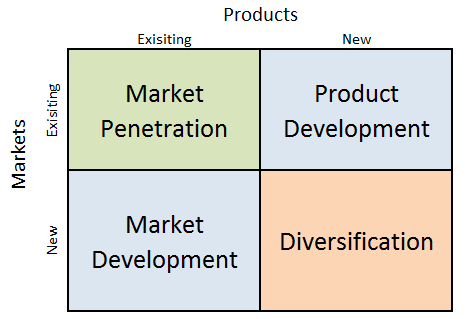
Tesla Ansoff Matrix is a marketing planning model that can be used by the alternative fuel vehicles manufacturer to make strategic decisions. According to Ansoff Matrix, there are four different strategy options available for businesses: market penetration, product development, market development and diversification. Tesla Ansoff Growth Matrix Within the scope of Ansoff Matrix, Tesla uses all four growth strategies in an integrated manner: 1. Market penetration. This strategy involves selling existing products to existing markets. Tesla uses market penetration strategy extensively. The company is focused on selling its Model S, Model X and Model 3 electric vehicles, Powerwall 2 and Powerpack 2 energy storage products, as well as, solar panels, inverters, racking, electrical hardware and monitoring devices in the US and 35 other countries[1]. 2. Product development. This strategy implies the development of new products to sell to existing markets. Tesla engages in new product development infrequently. This is mainly due to overly high cost of new product development in electric vehicles and power storage sectors. In Battery Day event in September 2020, CEO Elon Musk announced that the electric car maker had plans to enter into mining business. The company acquired the rights to a 10,000-acre plot in Nevada. In this site it plans to extract the metal using simple table salt, and would build a lithium refinery to supply a new factory in Texas. While the initial plan for Tesla is to use lithium for its own needs as raw material, the electric automaker can start selling this expensive material to others as well. 3. Market development. Market development strategy involves finding new markets for existing products. Tesla is evaluating a number of new markets to enter, India being in the shortlist. CEO Elon Musk “indicated it was the company’s Indian-born chief financial officer, Deepak Ahuja, who was…
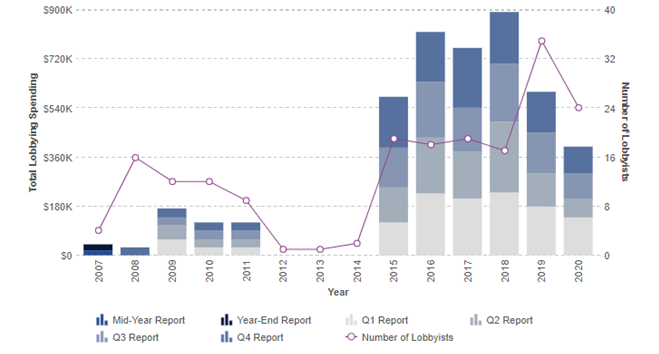
PESTEL is a strategic analytical tool and the acronym stands for political, economic, social, technological, environmental and legal factors. Tesla PESTEL analysis involves the analysis of potential impact of these factors on the long-term growth prospects of the alternative fuel vehicles manufacturer. There is a wide range of political factors that can potentially affect automobile manufacturers. Specifically, political factors for Tesla include freedom of press, corruption and bureaucracy in local markets and trade unions activities. Moreover, home market lobbying practices by governments and trade controls also belong to the list of political factors that can affect Tesla. Political Factors in Tesla PESTEL Analysis Political stability Political stability is one of the most important political factors affecting the company. Tesla uses cobalt extensively as a raw material to build its Model S, Model X, Model 3 vehicles. About 58% of the world’s cobalt production comes from the Democratic Republic of Congo (DCR).[1] According to a report by Amnesty International, cobalt rush has increased the cases of conflicts, corruption and child labour in Congo[2]. Accordingly, it can be argued that political instability and warfare in Congo can create supply chain risk for Tesla in relation to cobalt, an important component for electric vehicles. Government incentives for electric vehicles Government incentives to promote vehicles run by alternative fuel due to negative environmental implications of CO2 emissions is a noteworthy political factor for Tesla. The impact of this factor is positive and so far Tesla was able to benefit to a maximum extent. For example, US government offers USD 7500.00 tax credits to every buyer of new electric vehicles as an incentive, but there is a cap of 200,000 deliveries of electric vehicles in the US for each automaker. Tesla was the first manufacturer to hit the threshold back in 2018. Thanks to the new…
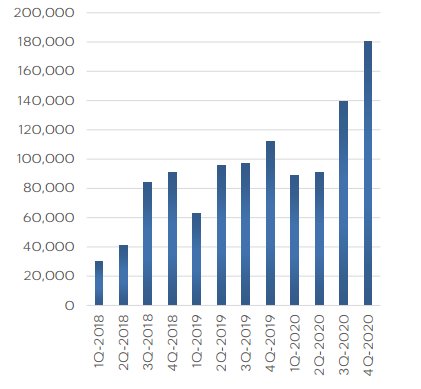
SWOT is an acronym for strengths, weaknesses, opportunities and threats related to organizations. The following Table 1 illustrates Tesla SWOT analysis: Strengths 1. First mover advantage 2. Increasing numbers of vehicles sales 3. Expertise in innovation 4. Brand equity Weaknesses 1. Expensive price tags of Tesla vehicles 2. Huge amount of debt (USD 11.69 billion) 3. History of over-promising and under-delivering the quantity of vehicles 4. Limited global presence Opportunities 1. Development of lower priced models 2. Strengthening of Tesla ecosystem 3. Shifts in consumer environmental attitudes 4. More government incentives Threats 1. Manufacturing delays risks 2. Crashes and fires in Tesla cars 3. Threat of new competition 4. Decrease in the price of oil Table 1 Tesla SWOT analysis Strengths in Tesla SWOT Analysis 1. Tesla benefits from the first mover advantage in alternative fuel vehicles manufacturing to a considerable extent. The company was established in 2003 with the mission “to accelerate the world’s transition to sustainable energy”, right after auto giant General Motors recalled and destroyed its EV1 electric cars.[1] Today, Tesla is an undisputed global market leader in electric vehicles segment. It can be argued that being the first global company exclusively focusing on electric vehicles, Tesla is in a good position to achieve a long-term growth. 2. The numbers of electric vehicles sold by Tesla has been increasing. As illustrated in Figure 1 below, the alternative fuel vehicles manufacturer delivered 180,000 vehicles in the last quarter of 2020. Increasing numbers of vehicles sales is strategically important for the company in a way that it allows benefiting from economies of scale and consequently, the alternative fuel vehicles manufacturer can become more profitable. Figure 1 The numbers of Tesla vehicles delivered worldwide[2] 3. Innovation is placed at the core of Tesla business strategy and…
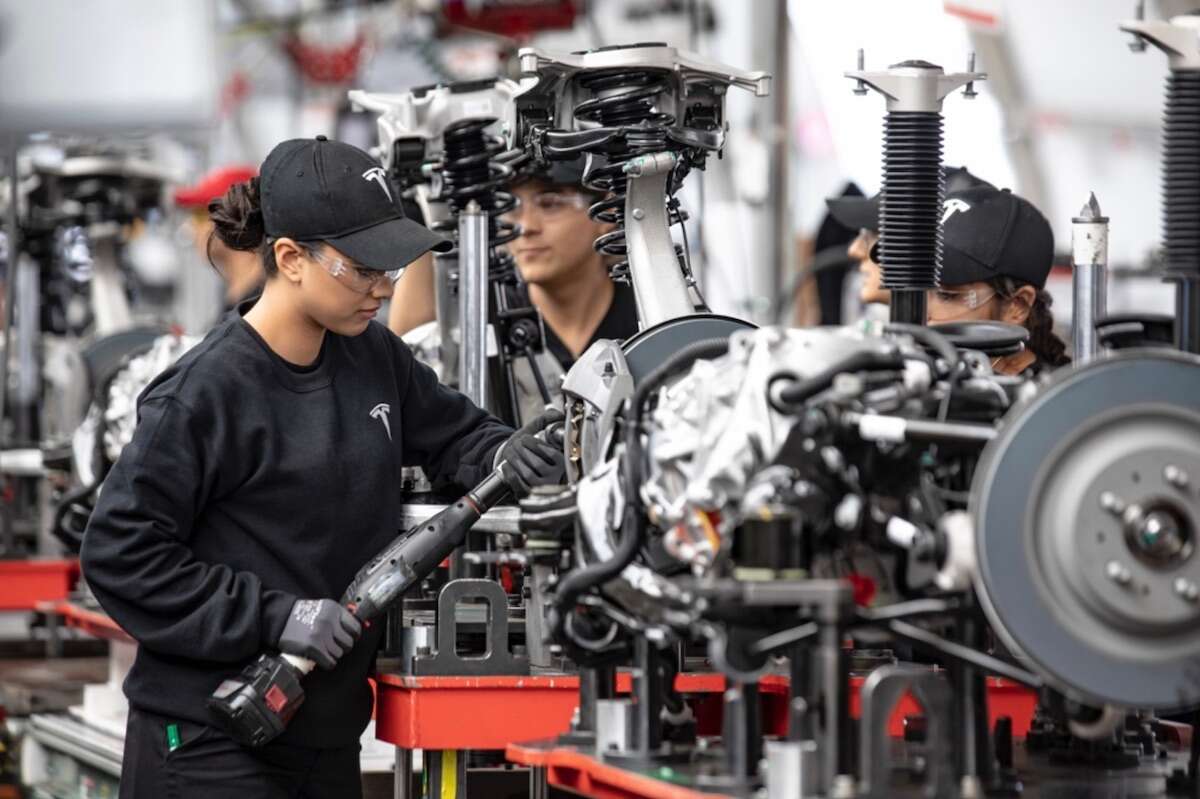
Tesla organizational culture integrates the following five key elements: 1. Ambitious innovation. Tesla has been founded right after auto giant General Motors recalled and destroyed its EV1 electric cars.[1] Starting a business in a segment where large and experienced players such as GE have failed is a clear indication of abundant ambitions of founders including Elon Must. Founders have adapted product and process innovation as a strategic tool to realize their ambitions in practice. Ambitious innovation has been deeply ingrained in Tesla organizational culture. 2. Adherence to ‘First Principles’ method. Elon Musk insists that employees use First Principles method, also known as reasoning from first principles in dealing with problems. It has been noted that “first principles thinking requires you to dig deeper and deeper until you are left with only the foundational truths of a situation”[2]. Arguably, process and product innovations at Tesla can be credited to the successful application of first principles to a significant extent. 3. Doing things differently. Tesla corporate culture encourages employees at all levels to experiment with different ways of doing business. The electric automaker is well known for challenging the status quo of conducting business. Especially, the company’s marketing and HR practices are fundamentally different from other global auto manufacturers. 4. Lack of bureaucracy. Day-to-day operations and communications in the company are not bounded by strict levels of management and bureaucracy. An email from CEO Elon Musk sent to employees a few years ago stressed that “anyone at Tesla can and should email/talk to anyone else according to what they think is the fastest way to solve a problem for the benefit of the whole company. You can talk to your manager’s manager without his permission, you can talk directly to a VP in another dept, you can talk to me, you can talk…
